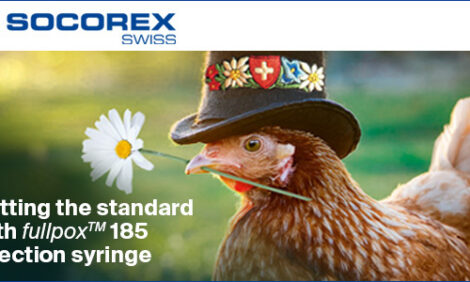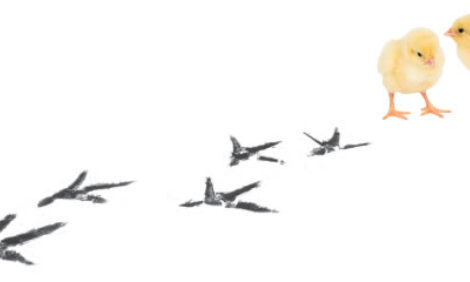



Effect of High Peroxide Value Fats on Performance of Broilers in an Immune-Challenged State
Broilers consuming diets with oxidised fat had lower feed conversion efficiency than those fed diets containing fat with an acceptable peroxide value, according to researchers at the University of Missouri-Columbia. Adding antioxidant brought no significant improvement to the feed conversion, and there were no significant effects of the immune challenge in combination with peroxide levels on bird performance in this study.The benefits of added fat to poultry rations are well documented, and significant cost savings can be achieved, especially in international markets where animal fat and animal meals containing fat are under-utilised, explain J. McGill and colleagues at the University of Missouri-Columbia. In their paper in International Journal of Poultry Science, they says this is due to the perceptions that rendered fats may be of poor quality due to oxidative rancidity.
One of the concerns with using oxidised fats is the potential for negative health effects although there has been little research into the effects of autoxidised fats on the immune function of broilers.
The objective of the Missouri-Columbia study was to look at how peroxide value (PV; as an indicator of fat oxidation) affected the performance of broilers, with and without an immune challenge.
A floor pen trial was conducted to determine the effect of high peroxide value fats on the performance of broilers in an immune-challenged state. Ross 708 broilers were randomly assigned to 48 floor pens with each pen containing 30 birds.
Dietary treatments were developed as a 3×2 factorial using three levels of fat rancidity, with PVs of 0, 75 and 150. One half of each peroxide value diet also received an antioxidant at 125ppm. Six dietary treatments with eight replicates were fed to broilers from hatch to day 49. Diets were formulated based on standard industry diets with the exception of fat being forced into the diet at three per cent for the starter ration (0-3 weeks), six per cent in the grower ration (3-5 weeks) and six per cent in the finisher ration (5-7 weeks).
At four weeks of age, the broilers underwent a coccidial challenge.
The trial measured the performance of the immune-challenged broilers based on the parameters of feed intake (FI), body weight gain (BWG) and feed conversion (F:G). An initial pen weight was taken on day 0 for each of the 48 pens. Birds were weighed at 3, 5 and 7 weeks of age to calculate F:G. At week 7, four birds per pen (32 birds per treatment) were sacrificed and processed in order to obtain a fat pad weight, carcass weight, percent meat yield and caecal scoring.
The results indicated that birds consuming diets with a peroxide value of 75 or greater exhibited poorer feed conversion than the treatment with an acceptable peroxide value, according to McGill and colleagues. Furthermore, they added, diets with the added antioxidant demonstrated no statistical difference in feed conversion due to peroxide value. There were no significant effects of the immune challenge in combination with peroxide levels on bird performance.
Continued research is imperative in order to define an acceptable level of rancidity and to determine if high levels of peroxide values affect immune function, added the Missouri-Columbia researchers.
Reference
McGill J., E. McGill, A. Kamyab and J.D. Firman. 2011. Effect of high peroxide value fats on performance of broilers in an immune-challenged state. International Journal of Poultry Science 10(9): 665-669.
Further Reading
| - | You can view the full report by clicking here. |
Further Reading
| - | Find out more information on coccidiosis by clicking here. |
January 2012








